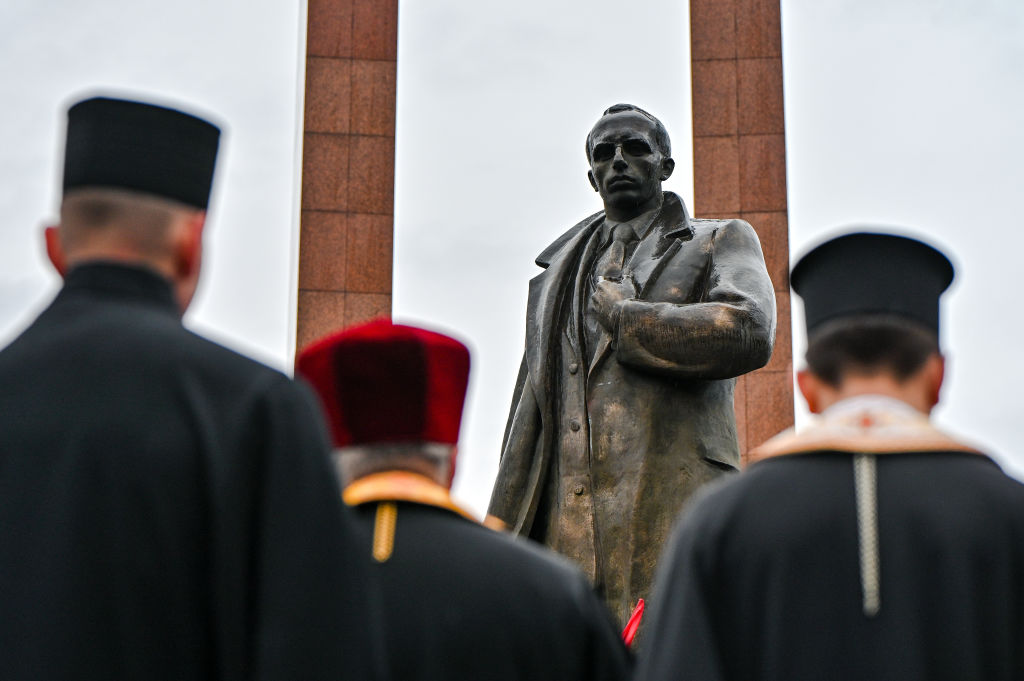Marta Havryshko
Yes, I’m convinced that the Maidan Revolution enabled ultranationalists to hijack memory politics in Ukraine. They started to impose an ultranationalist narrative. And from the beginning many people were actually not in favor of this. Many people opposed this narrative. They did not want Bandera and Shukhevych monuments and streets in their cities. Some were against the so-called “Leninopad” that started with the damaging of the [Vladimir] Lenin monument in Kyiv on December 1, 2013.
After the Maidan Revolution, more than a thousand monuments of Lenin were demolished and taken down across Ukraine, and likewise other monuments to Communist leaders, Red Army soldiers, and Soviet partisans. Tens of thousands of streets were renamed, as well as towns and villages. It happened without proper discussion with local people and historians. Many of those policies were just imposed by force and locals just had to accept the changes. Those who opposed this were labeled as loyal to Russians or as “traitors to the Ukrainian people.”
Those huge divisions over the Soviet legacy became even deeper after the start of so called “decolonization” in 2023. It basically means that all the Russian heritage that is present in Ukraine is meant to be removed. [Alexander] Pushkin, [Mikhail] Bulgakov, [Anna] Akhmatova, [Isaac] Babel — all these monuments are to be removed. It is absurd, because many important events and cities in Ukraine were established and flourished under the Russian Empire. Many ethnic Ukrainians took part in the building of this empire. They were active agents of its political, economic, and cultural processes, not just objects of imperial powers. By destroying this memory, Ukraine canceled an important part of its own history, making it less diverse and inclusive and more ethno-nationalistic and mythical.
One of the…
Auteur: Marta Havryshko

